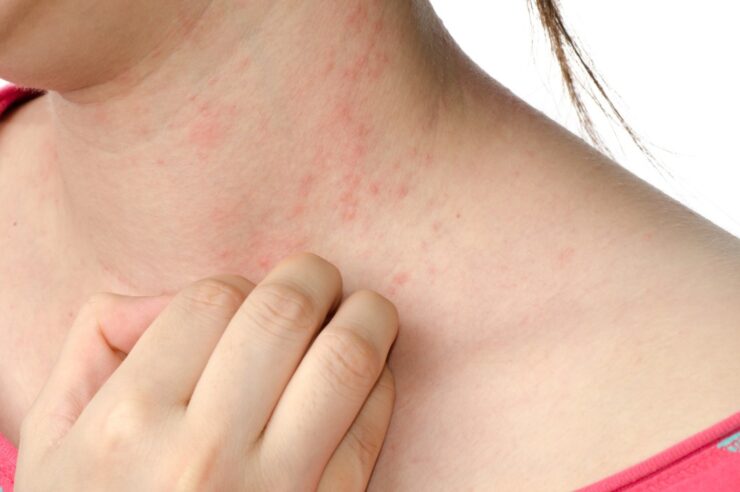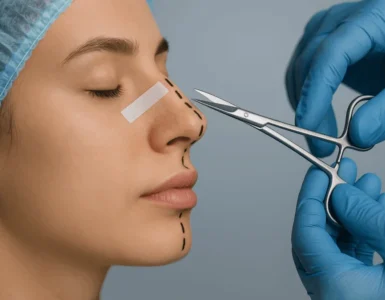Did you know that some people achieve complete eczema remission lasting years without any treatment? Eczema follows different trajectories in different individuals — some achieve complete remission lasting years without treatment, while others require ongoing management.
The distinction between “control” and “cure” becomes important when understanding what’s realistically achievable. Control means maintaining clear or nearly clear skin with minimal symptoms, which many patients achieve through strategic interventions during flare periods rather than continuous treatment.
If you’re seeking a personalized approach to eczema care, you can explore your options with the best eczema doctor Singapore who can tailor a treatment plan based on your skin type and triggers.
Childhood eczema often resolves completely by adolescence, with many children experiencing permanent remission. Adult-onset eczema shows more variable patterns. Some adults experience eczema only during specific life phases — pregnancy, menopause, or periods of extreme stress — then achieve sustained remission afterward.
Others cycle through periods of complete clearance lasting months or years between episodes requiring active treatment. Healthcare professionals who treat eczema see this spectrum regularly, tailoring approaches based on individual disease patterns rather than assuming lifelong treatment necessity.
Factors That Influence Long-Term Eczema Control
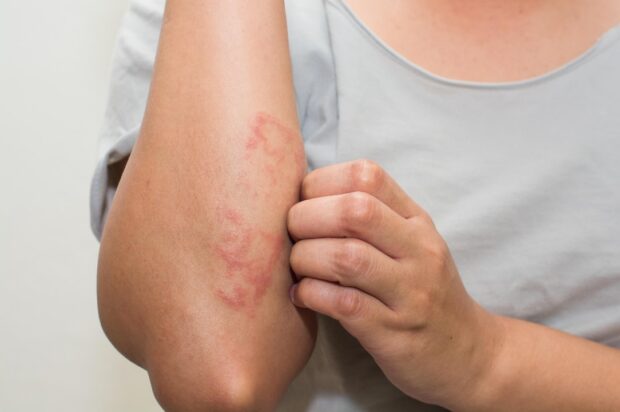
Skin Barrier Function Recovery
The stratum corneum in eczema patients shows measurable defects in ceramide production and filaggrin expression. When these barrier defects improve through targeted interventions, some patients maintain healthy skin without ongoing treatment. Barrier repair occurs through multiple mechanisms:
- Increased natural moisturizing factor production
- Normalized pH levels
- Restored lipid bilayer organization
Barrier restoration often correlates with extended remission periods. Patients who achieve normalized transepidermal water loss measurements may maintain clear skin for months after stopping active treatments. The timeframe for barrier normalization varies — some see improvements within weeks of appropriate care, while others require months of consistent intervention before achieving self-sustaining barrier function.
Immune System Maturation and Regulation
Eczema involves dysregulated Th2 immune responses, with elevated IL-4, IL-13, and IL-31 levels driving inflammation and itch. Some patients experience natural immune rebalancing over time, particularly those whose eczema began in childhood. The thymus continues producing regulatory T cells that can suppress excessive inflammatory responses, potentially leading to spontaneous improvement.
Adult patients sometimes achieve immune regulation through addressing underlying triggers. Correcting vitamin D deficiency, for instance, can normalize immune responses in susceptible individuals. Gut microbiome restoration through specific probiotic strains shows promise in modulating systemic inflammation. These interventions may shift the immune system toward tolerance rather than reactivity.
Environmental and Lifestyle Modifications
Geographic relocation sometimes produces improvements. Patients moving from dry climates to humid coastal areas often experience sustained remission. The ambient humidity above 50% reduces transepidermal water loss and maintains skin hydration naturally. Conversely, those moving from areas with specific allergens — dust mites in tropical regions or pollen in temperate zones — may find their eczema resolves in the new environment.
Occupational changes eliminate eczema in cases triggered by workplace irritants. Healthcare workers with hand eczema from frequent sanitizer use often achieve resolution after changing careers. Similarly, individuals with nickel-triggered eczema may experience clearance after identifying and eliminating exposure sources.
Treatment Approaches That May Lead to Sustained Remission
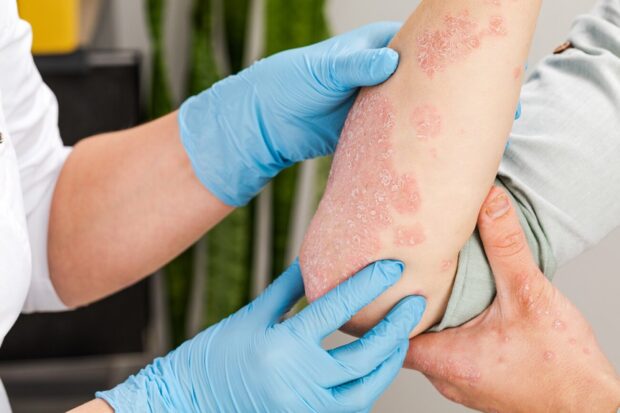
Initial Therapy
Early treatment may induce prolonged remission. Using topical corticosteroids or calcineurin inhibitors to achieve clearance, then maintaining results with moisturization, allows some patients to remain clear without further active treatment. Achieving clinical clearance before attempting treatment withdrawal may be important.
Phototherapy courses, particularly narrowband UVB, can induce remissions lasting months to years. The immunomodulatory effects persist beyond the treatment period, with regulatory T cell populations remaining elevated. Some patients require only annual phototherapy courses during winter months, remaining clear throughout spring and summer without intervention.
Targeted Elimination Protocols
Identifying and eliminating specific triggers through systematic evaluation may achieve lasting control. Patch testing reveals contact allergens in adult eczema cases previously considered “intrinsic.” Removing identified allergens — whether preservatives in personal care products, textile dyes, or dietary components — can result in resolution.
Food elimination protocols, when conducted with reintroduction challenges, identify dietary triggers in a subset of patients. Those with confirmed food-triggered eczema who avoid identified foods often maintain clear skin without medications. Accurate identification can be challenging, as perceived food triggers often prove coincidental upon formal testing.
Microbiome Restoration Strategies
Staphylococcus aureus colonization perpetuates eczema through superantigen production and barrier disruption. Decolonization using antimicrobial approaches, combined with bacterial restoration, may break the inflammatory cycle. Bleach baths at specific dilutions (0.005% sodium hypochlorite) reduce bacterial load while preserving beneficial flora.
Topical probiotic applications and transplantation of beneficial bacteria from healthy donors show emerging promise. Some patients achieve sustained improvement after restoring Staphylococcus epidermidis and other protective species. The restored microbiome maintains itself through bacterial competition and antimicrobial peptide production.
Signs Your Eczema May Not Require Lifelong Treatment
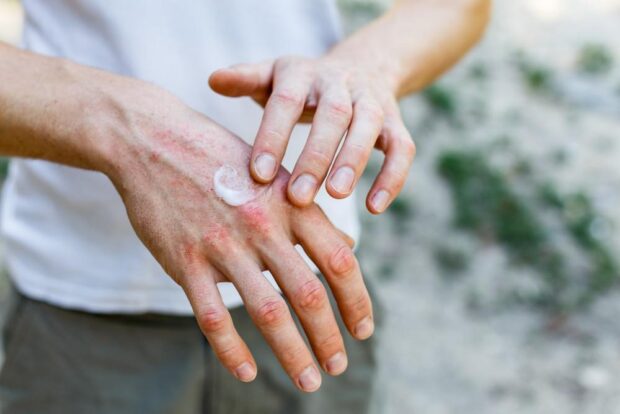
Seasonal patterns suggest environmental rather than intrinsic disease drivers. Patients whose eczema appears only during specific months often achieve year-round control by pre-emptively treating before their typical flare season. After several years of preventive treatment, some find they no longer experience seasonal flares at all.
Localized eczema affecting only specific body areas — hands, eyelids, or flexural regions — often responds to targeted interventions addressing local factors. Hand eczema from irritant exposure resolves with protective measures. Eyelid eczema from cosmetic allergens clears permanently after product changes. These patterns indicate external triggers rather than systemic disease requiring lifelong management.
Age-related improvement occurs frequently. Adolescents often experience complete resolution as hormonal changes alter sebum production and skin pH. Women sometimes see eczema resolve after pregnancy due to immunological shifts. Post-menopausal changes in skin thickness and oil production occasionally eliminate eczema that plagued patients for decades.
Response to single interventions provides prognostic information. Patients whose eczema completely resolves with one specific change — switching laundry detergents, installing water softeners, or eliminating particular foods — may not require ongoing treatment if they maintain that change.
Did You Know?
The skin microbiome contains distinct bacterial communities in different body regions, with flexural areas harboring different species than exposed skin. This variation explains why some patients develop eczema only in specific locations and why targeted microbiome interventions can achieve localized control.
What Our Dermatologist Says
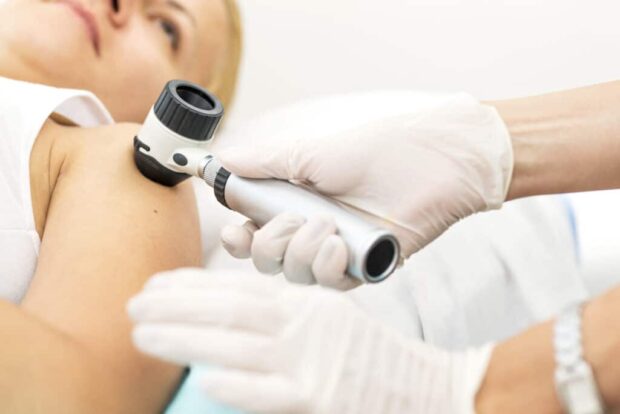
Clinical experience reveals that many patients unnecessarily resign themselves to lifelong treatment without exploring remission possibilities. The approach involves systematic evaluation of triggers, initial clearing, and strategic maintenance that gradually reduces treatment intensity. Some patients achieve sustained control through identifying their specific pattern.
The distinction lies between managing active disease and preventing recurrence. Many patients continue treatments long after achieving control, fearing relapse. Structured treatment withdrawal under medical supervision often reveals that the eczema has entered genuine remission. Others discover their maintenance needs are less intensive than initially required — perhaps moisturizer alone suffices where they once needed daily steroids.
Putting This Into Practice
- Document your eczema patterns in detail: photograph affected areas weekly, note environmental conditions during flares, and track any treatments used. This record reveals patterns that may not be apparent during individual appointments.
- Conduct systematic trigger elimination: Remove one potential trigger at a time for three weeks, reintroduce it, and observe for reactions. Common triggers include fabric softeners, fragranced products, and specific clothing materials.
- Optimize your bathing routine: Luke-warm water for less than 10 minutes, fragrance-free cleansers only on necessary areas, and immediate moisturizer application to damp skin within three minutes of bathing.
- Create an eczema-friendly environment: Maintain indoor humidity between 45–55%, use dust mite covers on bedding, and wash clothes with extra rinse cycles to remove detergent residue.
- Build skin resilience during clear periods: Continue regular moisturizing even when skin appears normal, as this maintains barrier function and may extend remission duration.
Next Steps
Systematic trigger identification, barrier optimization, and strategic treatment approaches can achieve sustained remission without continuous medication. Document your eczema patterns, conduct systematic trigger elimination, and work with a healthcare professional to explore reduced treatment intensity.
If you’re experiencing persistent eczema with itching, skin inflammation, or localized rashes, consult a dermatologist to develop a personalized approach toward achieving long-term control.

